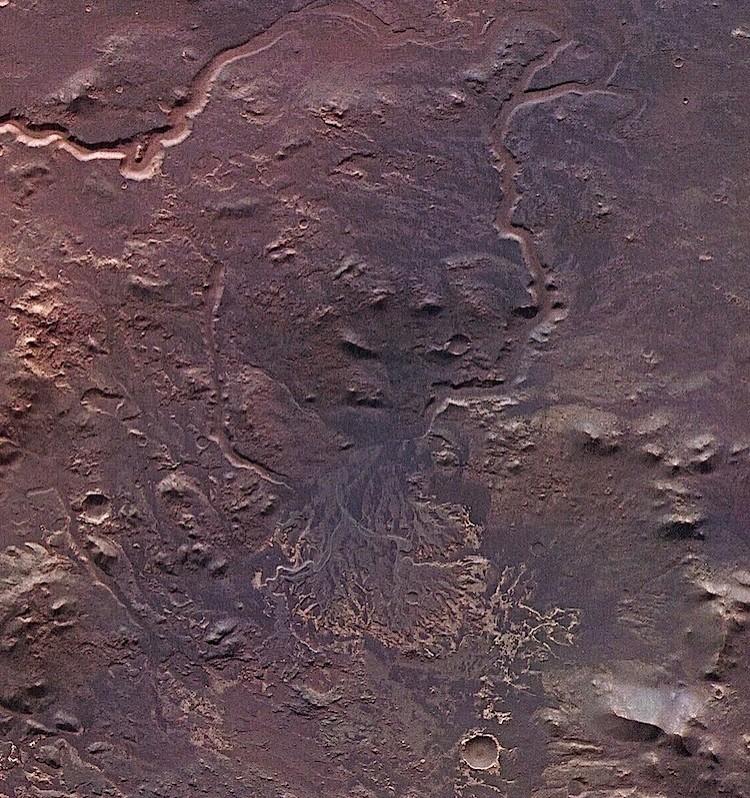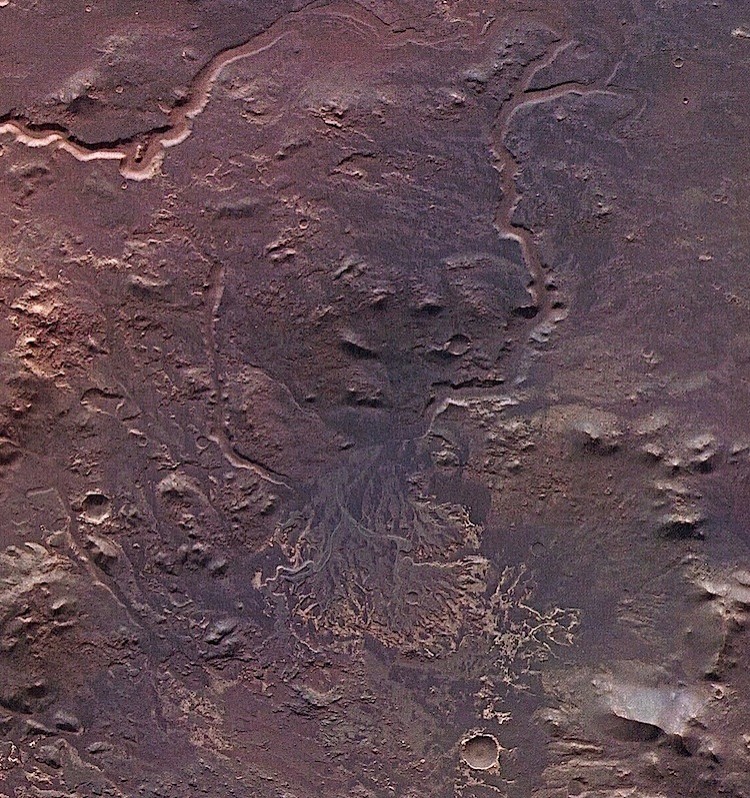Mars Crater Contains Ancient Lake Delta (Photos)
Dark delta sediments deposited in a crater on Mars are evidence that it was once a giant lake during the red planet’s watery past as seen in these images from the European Space Agency’s (ESA) Mars Express satellite.
|Updated:






